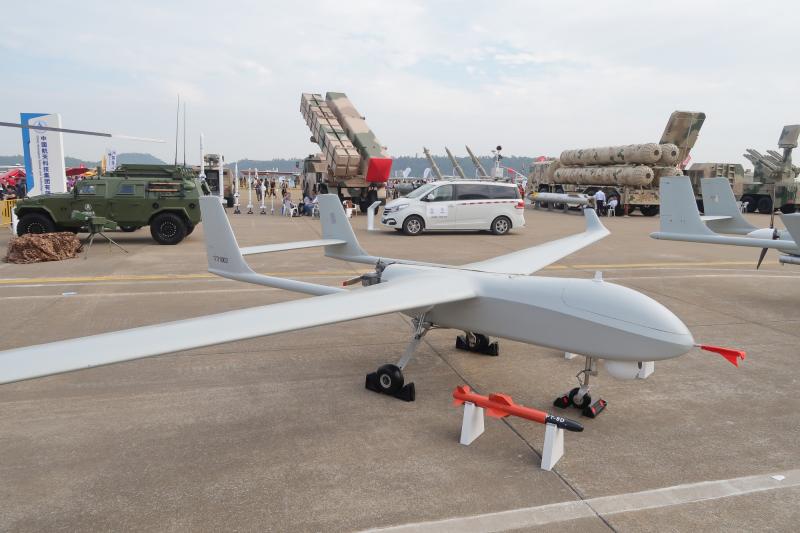Introduction:
In the ever-evolving landscape of modern warfare, technological advancements continue to shape the way armed forces operate. One such groundbreaking development is the Unmanned Combat Aerial Vehicle (UCAV), an autonomous aircraft capable of carrying out combat missions without a human pilot onboard. This blog delves into the world of UCAVs and explores their impact on military operations.
What is a UCAV?
A UCAV is a type of drone designed specifically for combat operations. It combines the capabilities of an unmanned aerial vehicle (UAV) with the ability to engage in offensive and defensive maneuvers. These sophisticated machines are equipped with advanced sensors, communication systems, and weapons, enabling them to perform a wide range of military tasks.
The Global Unmanned Combat Aerial Vehicles (UCAV) Market is anticipated to expand at a CAGR of more than 8% during the forecast period.
Advantages of UCAVs
Increased Situational Awareness: UCAVs are equipped with state-of-the-art sensors, cameras, and radars that provide real-time situational awareness to military commanders. This enhanced intelligence allows for better decision-making, as UCAVs can gather vital information from the battlefield and relay it back to the control center.
- Reduced Risk to Human Life: By eliminating the need for human pilots, UCAVs significantly reduce the risk of casualties in combat. They can operate in hostile environments or execute high-risk missions without endangering the lives of military personnel. This feature makes UCAVs an attractive option for military planners aiming to minimize human losses.
- Extended Mission Endurance: Unlike human pilots who require rest and sustenance, UCAVs can remain airborne for extended periods, providing continuous support to ground forces. This extended endurance enables UCAVs to conduct surveillance, gather intelligence, and carry out strikes for prolonged periods, enhancing operational efficiency.
- Precision Strikes: UCAVs offer remarkable precision and accuracy when engaging targets. With advanced targeting systems and guided missiles, they can hit enemy positions with utmost precision, minimizing collateral damage. This precision capability allows military forces to neutralize threats efficiently while reducing unintended consequences.
- Challenges and Concerns
While UCAVs offer numerous advantages, they also present challenges and raise ethical concerns. The following points highlight some of these considerations:
Autonomy and Decision-Making: The level of autonomy granted to UCAVs raises questions about their decision-making capabilities. Ensuring that UCAVs adhere to international laws and rules of engagement remains a significant concern. Human oversight and control are crucial to prevent unintended consequences.
- Vulnerability to Cyberattacks: As UCAVs rely heavily on advanced technologies and connectivity, they are susceptible to cyber threats. Ensuring robust cybersecurity measures is essential to prevent potential hacking attempts that could compromise UCAV operations or result in the loss of sensitive data.Unmanned Combat Aerial Vehicle (UCAV) represent a paradigm shift in modern warfare. With their advanced capabilities, UCAVs offer increased situational awareness, reduced risk to human life, extended mission endurance, and precision strikes. While challenges remain regarding autonomy and cybersecurity, ongoing technological advancements and ethical considerations are essential to maximizing the potential of UCAVs while minimizing the risks. As militaries continue to adapt to an ever-changing world, UCAVs will undoubtedly play an increasingly vital role in future combat operations.
